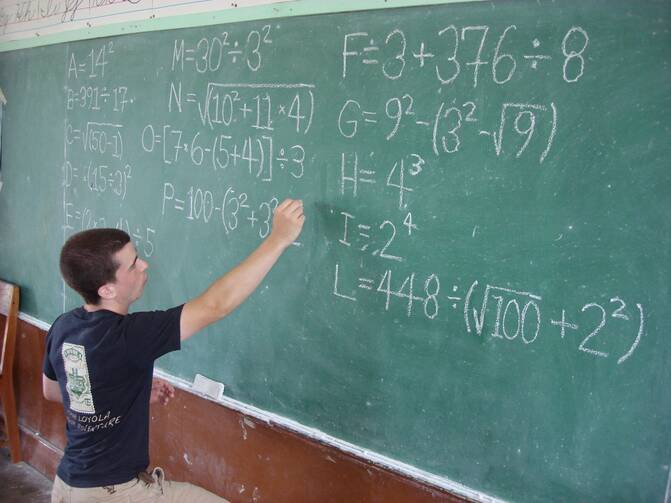Writing in the New York Times Magazine, Elizabeth Green charts the pedigree of our long national struggle to be good at math.
The new math of the ‘60s, the new new math of the ‘80s and today’s Common Core math all stem from the idea that the traditional way of teaching math simply does not work. As a nation, we suffer from an ailment that John Allen Paulos, a Temple University math professor and an author, calls innumeracy — the mathematical equivalent of not being able to read. On national tests, nearly two-thirds of fourth graders and eighth graders are not proficient in math. More than half of fourth graders taking the 2013 National Assessment of Educational Progress could not accurately read the temperature on a neatly drawn thermometer. (They did not understand that each hash mark represented two degrees rather than one, leading many students to mistake 46 degrees for 43 degrees.) On the same multiple-choice test, three-quarters of fourth graders could not translate a simple word problem about a girl who sold 15 cups of lemonade on Saturday and twice as many on Sunday into the expression “15 + (2×15).” Even in Massachusetts, one of the country’s highest-performing states, math students are more than two years behind their counterparts in Shanghai.
Drawing upon the experience of Japan, Green says it doesn't have to be this way. "Of all the lessons Japan has to offer the United States," Green writes, "the most important might be the belief in patience and the possibility of change."








